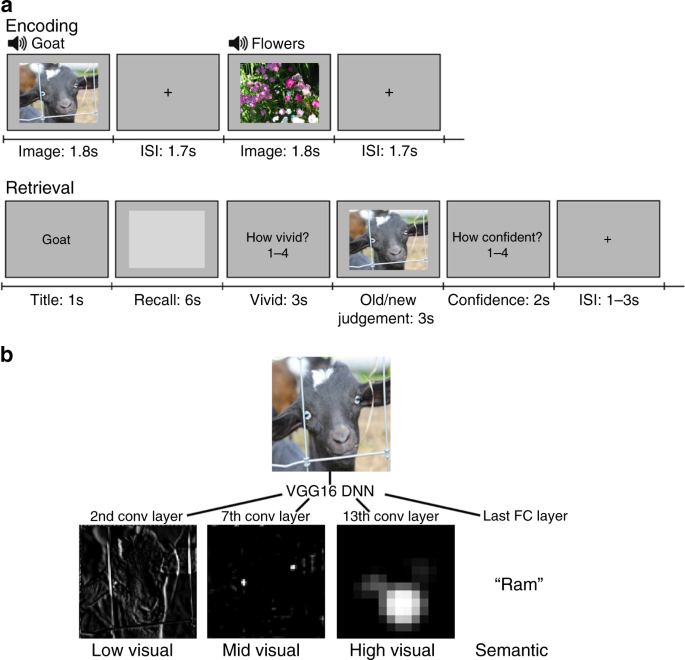

- #How to allocate more ram to parallels 13 mp4#
- #How to allocate more ram to parallels 13 full#
- #How to allocate more ram to parallels 13 code#
- #How to allocate more ram to parallels 13 free#
Replace the two numbers after seq with your start and end frames. I think you can also set memory limit for the individual processes in Blender at File -> User Preferences -> System -> Memory Cache Limit, but I am not entirely sure about what that does.įor generating the list with the filenames I used PowerShell: dir -n *.mp4 | % | tr " " ","`' You have to set the output properties in the Blender rendering setting while the project is open, but you can close the window afterwards. You have to have multiple CMD windows open at once (unless you write a program to automate it), and you need to call them with different frame ranges. I had quite good results with doing it in chunks of 1000 frames and having around 4-6 processes running at once.) (You can try changing BLENDER_RENDER to CYCLES if that works better for you, and you have to replace the with the actual frame range you want to render.

#How to allocate more ram to parallels 13 code#
The code parts I finally ended up writing and using were these: blender -b "name_of_project.blend" -E BLENDER_RENDER -s 0 -e 1000 -a
#How to allocate more ram to parallels 13 full#
I don't have time to do a full tutorial now, but if anybody will show interest I might get around to putting together something.įor this to work you need to have the blender and ffmpeg executables in your PATH environmental variable, and the project file needs to be in the current working directory of the command window.
#How to allocate more ram to parallels 13 mp4#
I tried it with mp4 and avi, so I can confirm that those are working, but there might be other formats that can be used, but I haven't experimented with those yet. (I was running at 87% CPU and 89% of the memory filled, and I wouldn't recommend going higher, because if one of the rendering processes fail to allocate more memory it will crash and you have to do that part over again.)Īfter you have the parts/chunks of rendered video, you can put it together using the concatenation functionality of ffmpeg.
/memcpu500x328-5806f1e63df78cbc28b05414.png)
Of course until you reach the limit of your processor or the amount of RAM you have.

SolutionĪfter thinking for a while and trying out things I realized that I can run multiple renders at once from the command line, and it seems like the performance scales pretty much linearly with the number of instances running. I was searching everywhere, but I couldn't find anything about speeding up the Video Sequence Editor (VSE) rendering that would work for me.
#How to allocate more ram to parallels 13 free#
I was looking for a free (and maybe even open-source) video editor, and after using it for a while I found out that Blender is very capable of this task, but I was facing the same problem with the unused resources during exporting the finished file. Latest release as well as usage instruction can be found at the GitHub project page: Tl dr: Open source program for automated solution is at the bottom of the post. Multithreaded VSE rendering is now natively implemented in blender (since around 2.8 or 2.9), which makes this project kind of obsolete, but for more fine grained control of resources (background rendering, utilizing multiple machines) it can still be useful.


 0 kommentar(er)
0 kommentar(er)
